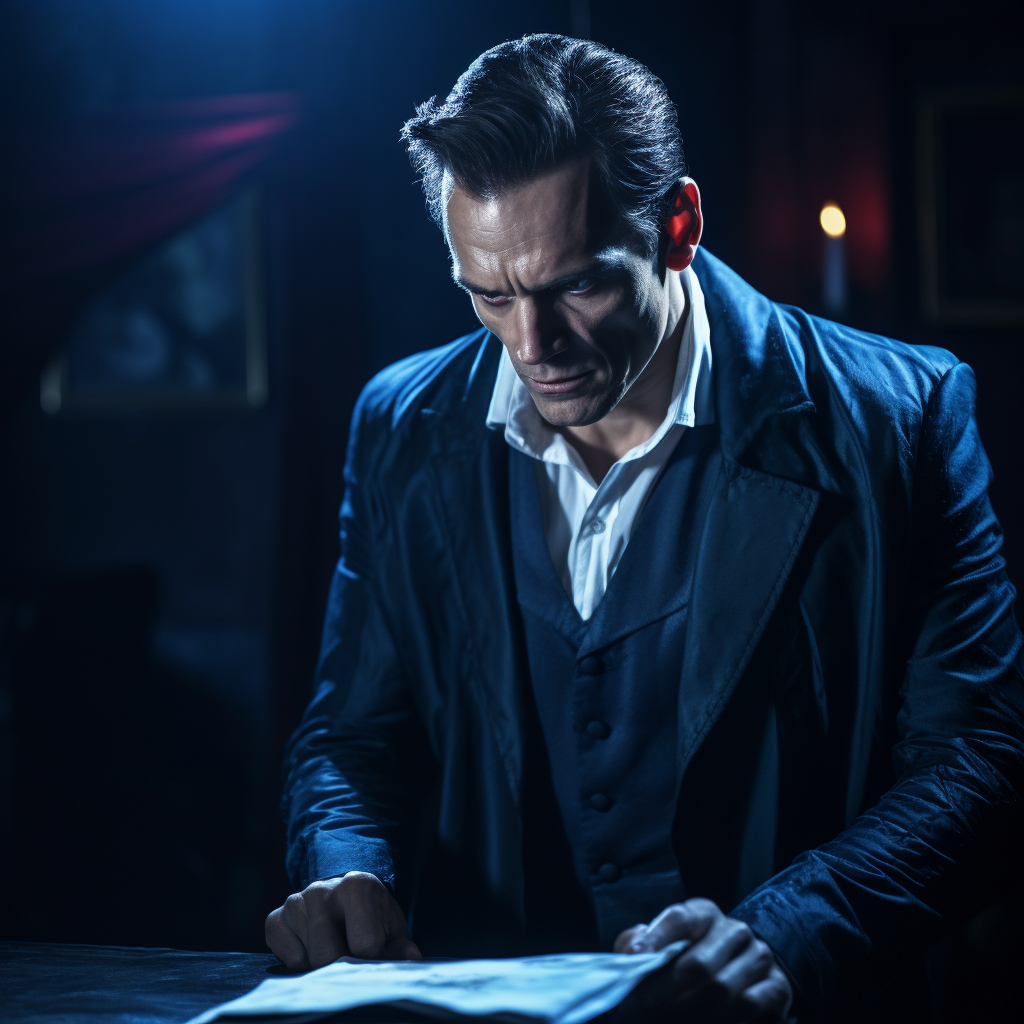
Acting is a craft that demands more than just memorizing lines and hitting marks. It requires a profound ability to immerse oneself into a character, to become someone else entirely, and to convey emotions, motivations, and experiences authentically. The art of transformation is at the heart of acting, and in this article, we will delve into how talented actors achieve this remarkable feat.
In-Depth Character Analysis
One of the initial steps in an actor's journey toward transformation is a comprehensive character analysis. This involves digging deep into the script to understand the character's backstory, motivations, relationships, and emotional arc. Actors ask themselves questions like What drives this character? What are their fears, desires, and insecurities? This meticulous exploration lays the foundation for a convincing portrayal.
Empathy and Relatability
Empathy is a crucial tool in an actor's kit. To inhabit a character authentically, actors must empathize with their role, even if the character is vastly different from themselves. They seek common ground between their own experiences and those of the character, allowing them to relate on a fundamental level. This connection enables actors to convey genuine emotions and reactions that resonate with the audience.
Physical Transformation
Physicality plays a significant role in an actor's transformation. This can involve altering one's posture, gait, gestures, and even their appearance through makeup, costumes, and prosthetics. Daniel Day-Lewis, known for his immersive performances, famously stayed in a wheelchair throughout the filming of "My Left Foot" to accurately portray a character with cerebral palsy. These physical changes help actors embody their roles more convincingly.
 Voice and Diction
Voice and Diction
An actor's voice is a powerful tool for transformation. Changes in tone, pitch, accent, and speech patterns can all contribute to a character's authenticity. Consider Meryl Streep's ability to adopt a wide range of accents and vocal styles, making each character she portrays distinct and memorable. Vocal training is often a critical component of an actor's preparation.
Method Acting
Method acting is an approach where actors use personal emotions and experiences to connect with their characters. While not all actors subscribe to method acting, those who do often achieve remarkable results. For example, Heath Ledger's immersive portrayal of the Joker in "The Dark Knight" involved delving deep into the character's psyche and embracing the chaos within.
Emotional Availability
Actors must be emotionally available to access the full spectrum of human emotions required for their roles. This means being vulnerable and open to experiencing the highs and lows of a character's journey. Emotional availability allows actors to tap into genuine feelings and convey them authentically to the audience.
Rehearsal and Practice
The art of transformation doesn't happen overnight. It requires countless hours of rehearsal and practice. Actors fine-tune their performances through repetition, experimenting with different approaches until they find what works best for their character. This process is ongoing and continues even during filming or live performances.
Transformation is at the core of acting
The art of transformation is at the core of acting, enabling actors to transcend themselves and become the characters they portray. Through in-depth character analysis, empathy, physicality, voice work, and emotional availability, actors breathe life into their roles. Whether through method acting or traditional techniques, the dedication and commitment of talented actors result in performances that resonate with audiences and leave a lasting impact. The magic of acting lies in the actor's ability to make us believe in the characters they become, reminding us of the power of storytelling and human empathy.
Acting is a craft that demands more than just memorizing lines and hitting marks. It requires a profound ability to immerse oneself into a character, to become someone else entirely, and to convey emotions, motivations, and experiences authentically. The art of transformation is at the heart of acting, and in this article, we will delve into how talented actors achieve this remarkable feat.
In-Depth Character Analysis
One of the initial steps in an actor's journey toward transformation is a comprehensive character analysis. This involves digging deep into the script to understand the character's backstory, motivations, relationships, and emotional arc. Actors ask themselves questions like "What drives this character?", "What are their fears, desires, and insecurities?". This meticulous exploration lays the foundation for a convincing portrayal.
Empathy and Relatability
Empathy is a crucial tool in an actor's kit. To inhabit a character authentically, actors must empathize with their role, even if the character is vastly different from themselves. They seek common ground between their own experiences and those of the character, allowing them to relate on a fundamental level. This connection enables actors to convey genuine emotions and reactions that resonate with the audience.
Physical Transformation
Physicality plays a significant role in an actor's transformation. This can involve altering one's posture, gait, gestures, and even their appearance through makeup, costumes, and prosthetics. Daniel Day-Lewis, known for his immersive performances, famously stayed in a wheelchair throughout the filming of "My Left Foot" to accurately portray a character with cerebral palsy. These physical changes help actors embody their roles more convincingly.
Voice and Diction
An actor's voice is a powerful tool for transformation. Changes in tone, pitch, accent, and speech patterns can all contribute to a character's authenticity. Consider Meryl Streep's ability to adopt a wide range of accents and vocal styles, making each character she portrays distinct and memorable. Vocal training is often a critical component of an actor's preparation.
Method Acting
Method acting is an approach where actors use personal emotions and experiences to connect with their characters. While not all actors subscribe to method acting, those who do often achieve remarkable results. For example, Heath Ledger's immersive portrayal of the Joker in "The Dark Knight" involved delving deep into the character's psyche and embracing the chaos within.
Emotional Availability
Actors must be emotionally available to access the full spectrum of human emotions required for their roles. This means being vulnerable and open to experiencing the highs and lows of a character's journey. Emotional availability allows actors to tap into genuine feelings and convey them authentically to the audience.
Rehearsal and Practice
The art of transformation doesn't happen overnight. It requires countless hours of rehearsal and practice. Actors fine-tune their performances through repetition, experimenting with different approaches until they find what works best for their character. This process is ongoing and continues even during filming or live performances.
Transformation is at the core of acting
The art of transformation is at the core of acting, enabling actors to transcend themselves and become the characters they portray. Through in-depth character analysis, empathy, physicality, voice work, and emotional availability, actors breathe life into their roles. Whether through method acting or traditional techniques, the dedication and commitment of talented actors result in performances that resonate with audiences and leave a lasting impact. The magic of acting lies in the actor's ability to make us believe in the characters they become, reminding us of the power of storytelling and human empathy.
More articles on this topic
The Case of Jack the Ripper: The Uncanny Saga of a Serial Killer Never CaughtCostumes and characters: How to prepare for a mystery dinner
Why Digital Murder Mystery Dinners Create Better Experiences
A murder mystery dinner is created: Fascinating glimpses into the creation of a murder mystery world